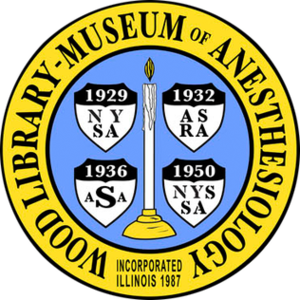










Recent videos:
Dr Briscoe completed training in anaesthesia in 1982 and her career in pain medicine began in 1984. She was a foundation fellow of the Faculty of Pain Medicine. Dr Briscoe was first elected to the board of the faculty in 2000, she was chair of the examination committee from 2000 to 2008, and then, in 2008, was the first woman elected dean of the faculty.
Quick links
About ANZCA
Copyright © Australian and New Zealand College of Anaesthetists.